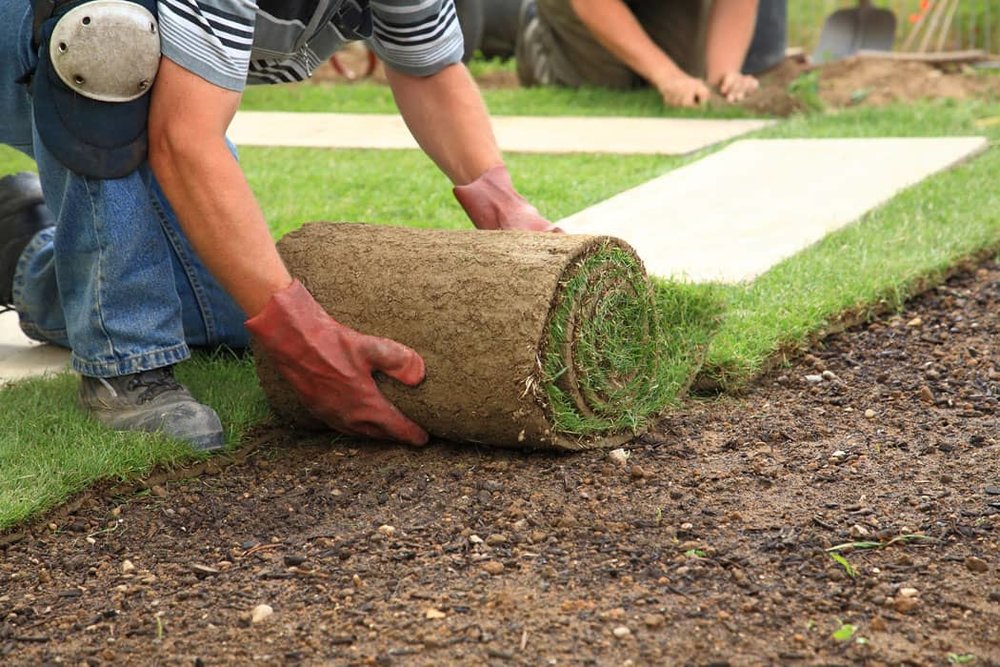
Lawn Fertilization 101: How To Cultivate A Thriving Lawn
When most people think of their dream home, they imagine a beautiful lawn adorned with healthy green grass.
However, they soon realize that maintaining that pristine front lawn requires work and doesn’t occur without putting resources into it. That means testing the soil, watering constantly, and of course, using lawn fertilizer.
Lawn fertilizer is an essential aspect of lawn care, providing the necessary nutrients to promote healthy growth and vibrant green color. This article will examine how and why homeowners should use lawn fertilizer. Continue reading the article below to learn more.
Table of Contents
Testing Your Soil
Before you fertilize your lawn, it’s essential to test your soil to determine what nutrients your lawn needs. You can purchase a soil testing kit from a garden center or online store. The soil test will tell you the nitrogen, phosphorus, and potassium levels in your soil and the pH level, which affects nutrient availability. Understanding the state of your soil will inform what type of lawn fertilizer you should get to make it as fertile as possible.
Why Fertilization Is Essential To a Healthy Lawn
Fertilization is important because it provides essential nutrients that grass needs for growth and health. Nitrogen, phosphorus, and potassium are the three primary nutrients that grass requires, and each plays a specific role in promoting healthy growth. Without these key nutrients, your grass will not grow fully and will be susceptible to disease and infestation.
The Best Time Of Year To Fertilize
The best time to fertilize your lawn depends on the type of grass you have and your climate. The best time to fertilize warm-season grasses is during their active growing season, which typically occurs in late spring to early summer. For cool-season grasses, the best time to fertilize is in the fall or early spring. We recommend you purchase a soil thermometer and use lawn fertilizer on your grass when the soil reaches 55 degrees Fahrenheit.

Liquid or Granular Lawn Fertilizer
Liquid fertilizer is absorbed quickly by grass and can be applied with a sprayer or hose-end attachment. It’s a good choice for providing a quick boost of nutrients to your lawn. However, it needs to be applied more often than granular lawn fertilizer.
Granular fertilizer is a slow-release option that is applied with a spreader. It provides a steady supply of nutrients over a longer period, reducing the need for frequent applications. Both liquid and granular fertilizers can be effective, and the choice between the two will depend on your specific needs and preferences.
Creating a Healthy Lawn Is Easier Than You Think
Many new homeowners struggle with maintaining their dream garden. However, with a little research and effort creating a healthy lawn is much easier than one might think. By using a soil test kit and understanding the nutrient deficiencies of your soil, you can get the perfect lawn fertilizer for your garden. All it takes is some routine and planning, and your garden will be healthy and beautiful.



